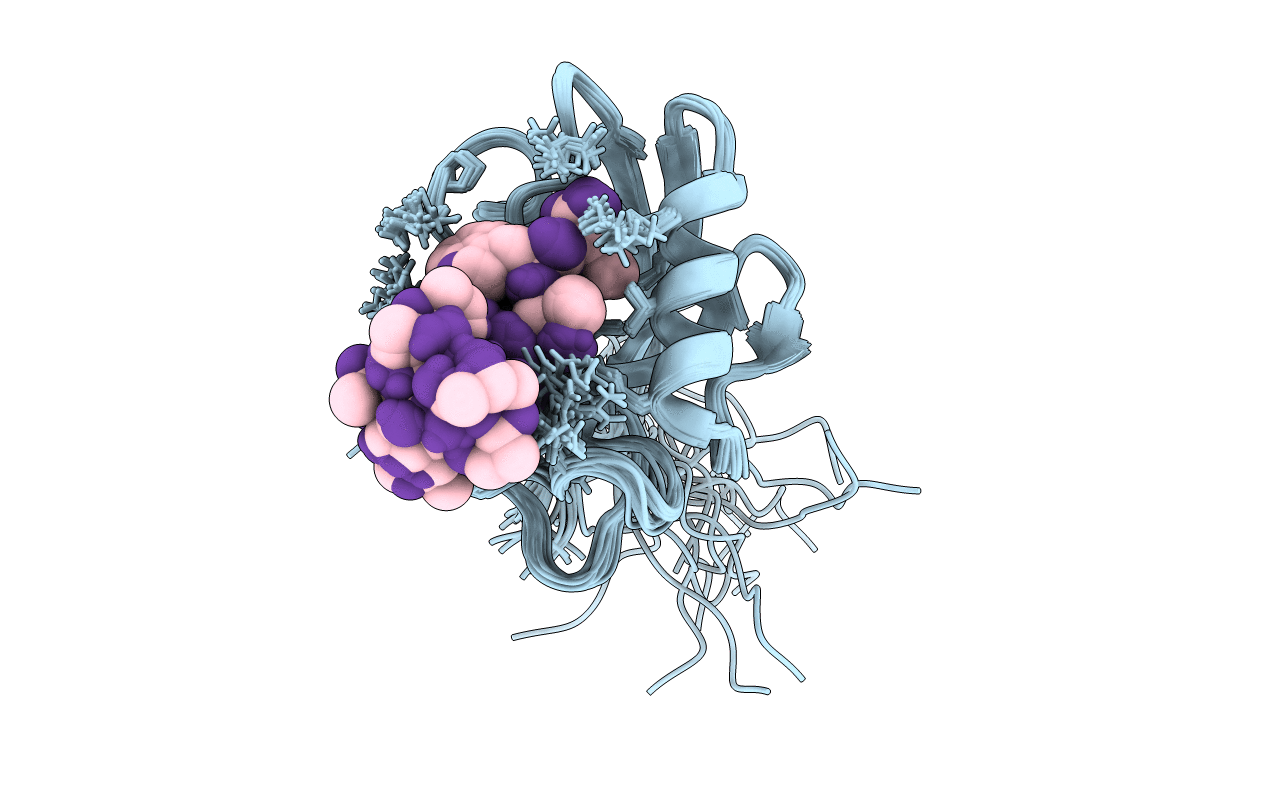
Deposition Date
2002-11-16
Release Date
2003-01-28
Last Version Date
2024-05-22
Method Details:
Experimental Method:
Conformers Calculated:
100
Conformers Submitted:
20
Selection Criteria:
least violation of experimental restraints


